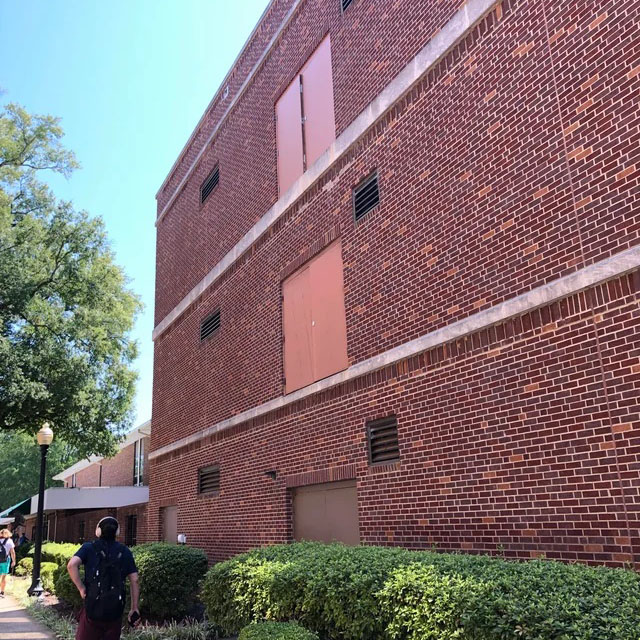Introduction
Ever see those doors to nowhere? What are they, why do they exist?






Overview
This page deals specifically with doors which may show up for a specific reason.
Aesthetic or Historical Reasons:
In some cases, doors to nowhere are included in a building’s design for purely aesthetic or historical reasons. They can add character and charm to a space, providing a sense of nostalgia or a connection to architectural styles from the past (see ‘functional’ below). These doors are often sealed shut and do not lead anywhere, but they contribute to the overall visual appeal of the building. Basically they are imitating what you will read about in “functional” below.


Functional
Structures such as barns with hay lofts, and Amsterdam canal houses have doors near their ridges which allow hay, or larger items to be lifted on the outside of the building and placed inside the top. To help facilitate this, many have overhanging roofs and cantilevered beams which allow chain lifts/easier access into the lofted or highest levels.
Renovation and Other
Of course, maybe the door was to a part of the building that used to be accessed. If aesthetics aren’t a concern, after a renovation it can be easier to just seal up the door permanently and leave it as is. You might see remnants of lights, railings, floors, etc. outside or around the door. Sometimes it also is simply just under renovation. For example you caught the building mid-repairs and they removed an external deck with plans to place a new one back.
Concealing Utility Access:
Behind a seemingly functional door may lie utility or maintenance access points, such as electrical panels, plumbing, or HVAC systems. By disguising these necessary elements with a door, architects can maintain the aesthetics of a space while still providing access for maintenance personnel when needed. This isn’t necessarily a door to nowhere in the sense of a door that leads somewhere, but is a comment on the fact that some doors may not be what they seem.

Theatrical and Cinematic:
Call it a subset of ‘functional’ — In theaters and movie studios, doors to nowhere are sometimes used for stage or film requirements. For instance, in a movie theater where film reels are still used, a door might be a functional entrance for bringing in the oversized film equipment. It can be much cheaper and easier for cinemas to be designed this way instead of providing elevators, lifts, or stairs wide enough for the film.
In theaters, the door may open to a storage area or a hallway behind the scenes, making it convenient for stagehands and technicians to move equipment, stage sets, or props discreetly during a performance or might simply be needed based on size of the aforementioned pieces.
Historical Preservation:
In the renovation of historical buildings, architects and preservationists often aim to maintain the original appearance of the structure. If a building originally had doors or entrances in a particular location, those openings might be retained for historical accuracy, even if they no longer serve a functional purpose.

Psychological or Decorative Use:
Doors to nowhere can be used to create a sense of mystery or whimsy in interior design. They can be incorporated into escape rooms, themed restaurants, or hotels to engage visitors’ curiosity and imagination. While these doors don’t lead to real rooms, they can be adorned with decorative elements to enhance the overall ambiance of the space. A great example of this is the Winchester Mystery House in San Jose, California.




Leave a Reply
You must be logged in to post a comment.